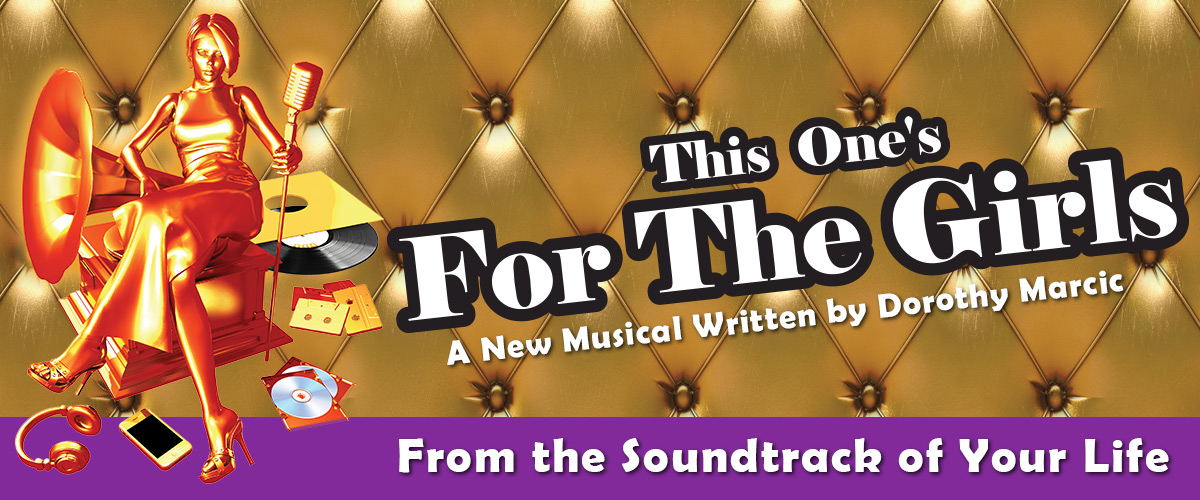Social Conditions During the Decades
1900 – 1920
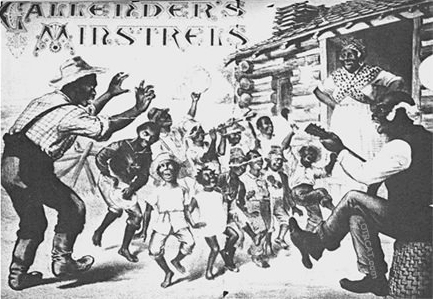
An early minstrel show.
This One’s For the Girls the Musical began in 1999 through research on content-analysis of women’s Top-40* songs. It was thought to go back as far as the first women’s rights conference was in Seneca Falls, New York July 1848. However, popular music did not begin until around 1900. Previously, there had been choral music, ballroom melodies, mountain folk music (of British Isles origins), or European operatic songs. Two noteworthy revolutions occurred in American music: a) in the 1840s the new Minstrel shows with high-energy songs were much different from the slow, sentimental songs of genteel folks; and b) in the early years of the 1900s when the fox-trot introduced syncopated beats to the American ear. Both of these revolutions can be attributed to African influences. Popular music started as a result of former slaves moving to Memphis and north, taking their beat-laden, emotionally packed music with them. Negro spirituals developed into two types of music–gospel and The Blues, God’s music and that for the “Devil.” The cross-pollination of European melodies with African beat and the messages in folk music created what we now call Popular Music.
Though there were more than 20,000 Top-40 songs from 1900 to 2000, women singers made up an average of 10 percent of those Top-40. The initial phase of the project was an analysis of the lyrics of the 2,501 female-sung songs, categorizing them and tracking those categories through each decade.
It was identified that there were four major phases in the musical portrayal of women: Childhood Codependent (I Will Follow Him, Diamonds are a Girls Best friend) to Teenage Rebel (You Don’t Own Me, These Boots are Made for Walkin’) to Young Adult Cynic (What’s Love got to Do With It?) to Mature Adult (Greatest Love of All), in accordance with timeline below:
- Childhood Co-dependent — 1900 to early 60s
- Teenage Rebel — mid 60s to 70s
- Young Adult — cynic 70s to mid-80s
- Mature Adult — late 80s to present

Dorothea Lange, ‘Destitute peapickers in California; a 32 year old mother of seven children.’ Photo: The Library of Congress
Though the categories overlap somewhat, there were definite trends of certain themes in music being more popular at different times. The Teenage Rebel was not really seen until the 60s, and the Young adults Cynic, though represented with scattered songs previously (Love for Sale; Ten Cents a Dance, both during the Great Depression), was not a real category until the mid-70s. Although there are still many co-dependent songs today, the codependent songs went from about 65% of the total in the 60s, to about 30% of the total since the 90s. More information on song categories through the decades in listed in the Appendices.
*The format for determining Top-40 songs became normalized in 1939 when Billboard became the industry standard. Before that, figures are less precise and not as thorough. Therefore it was nearly impossible to look at women’s percentage of hits by year (rather than decade) before 1940.
1929 – 1939

Helen Kane (aka Betty Boop)
On October 20, 1929 the Stock Market crashed, leaving many destitute and without hope of gainful employment. Ten years of worldwide Depression began as well as a thirst for escapist entertainment, fueled in part by the 1929 invention of talking pictures (and cartoons). Enter Betty Boop, who was patterned after the popular flapper singer Helen Kane, and who made more movies than even Mickey Mouse. According to Michael Fagan, Betty was so enduringly popular because she was one part Shirley Temple and three parts Mae West. Innocence coupled with sexual titillation has given Boop incredible staying power and spawned more modern counterparts (such as Marilyn Monroe and Britney Spears).
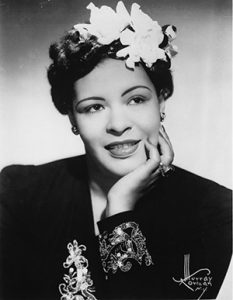
Billie Holiday
Another development during the twenties and thirties was the rise of the Blues and Jazz. It began in the Mississippi Delta (Memphis–largely Beale Street–and St. Louis), as a result of former slaves moving north after the Civil War. The Blues were influenced by spirituals, field calls, rhythmic dance tunes called jump-ups, and church melodies. The first songs had the performer engaging in his own call-and-response song. That is, he would sing a line and the guitar responded. Though men were the first blues guitarists, women became the first blues singers to sell a lot of records, staring with Mamie Smith’s 1920 hit Crazy Blues. Other top Blues singers were Ma Rainey and Bessie Smith.
Rather than the sweet innocence of other Top-40 songs, the Blues spoke of the grittier parts of life and love, of hurt, pain and betrayal. Black women were the first to name the pain in song. Billie Holiday became one of its most enduring faces during the 30s with her songs God Bless the Child, Strange Fruit, and Ain’t Nobody’s Business If I Do.
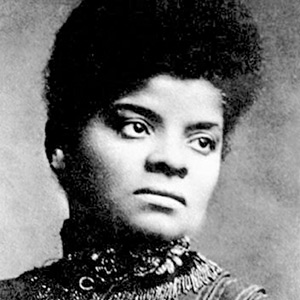
Ida B. Wells
Activist Ida B. Wells died in 1931. She devoted her life to the struggle for women’s rights and those for Black people. Born to slaves in Mississippi, her parents died early and she raised her six brothers and sisters alone. Because she understood the value of education, she went to school and became a teacher, moving to Memphis. Three of her close friends, young black men, were lynched because their tiny grocery story took away business from the white store.
As a result, she became an outspoken critic of lynching and had to move to Chicago because of death threats. Newspapers called her a “rabble-rouser” because she kept writing about women’s rights (including suffrage) and the evils of lynching.
1940-1949
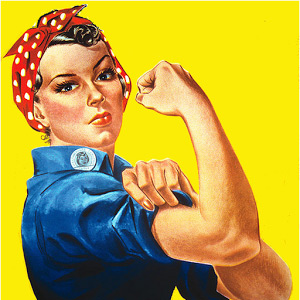
Rosie the Riveter
When World War II started, men went off to war and millions of women entered the workforce, many of them replacing men in factories. Betty Murphy, who worked in the Douglas Aircraft plant in Los Angeles, became the model for Rosie the Riveter, an icon which has inspired more than one generation of women. Before the war, Murphy was a waitress earning very little and was making a lot more in the factory.
Women had to keep the country running and go home and take care of their families. A new sense of freedom and independence developed. Mainstream music reflected this, with many songs about the war, but also some with less of the previous co-dependence. One of these newer songs was Blues in the Night, which talked about men being “two-faced,” “who’ll leave you singing the Blues.”
The war ended in 1945 and six million women lost their jobs that year. Men were back and needed work. Top songs during that year included one about women being cute (Personality), where work competence is irrelevant. One of the most popular movies (Mildred Pierce) was about a successful career woman who has lousy marriages and a troubled daughter.
1950-mid 1960s

A light-hearted era.
The fifties started off with a number one song If I Knew You Were Comin’ I’da Baked a Cake, which fit right in to the new ethos of women being happy homemakers. Because it hit #1, we know many people bought the record or the sheet music, so therefore the song touched some truth in the culture. Women now embraced their new (or rather re-claimed) identities with the same enthusiasm they had given to Rosy the Riveter.
Songs were again dreamy and light-hearted (Tammy, Lollipop) and re-affirmed women as passive creatures. One of the most popular (and enduring) songs of the fifties was Que Sera Sera from the Alfred Hitchcock movie The Man Who Knew Too Much. It is a song about a female who asks everyone from her mother, teacher and sweetheart, what should she be, what should she do. It is what we call in psychology “external locus of control,” wanting others to make things happen. Similarly, As Long as He Needs Me is about a woman ready to take anything, even abuse, if it makes her man happy. And when he doesn’t like something, she is only too happy to repeat, I’m Sorry. In the end, all you really should want is to Stand by Your Man.
1961 – 1970
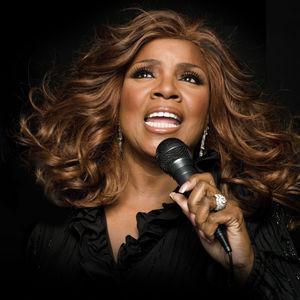
Gloria Gaynor
During this decade, we had the end of the co-dependent phase, but it did overlap with the new phase of anger. Song such as I Will Follow Him, Johnny Get Angry, Where the Boys Are, End of the World, and Bobby’s Girl were fun songs, but nowhere independent. Perhaps the first song to push back was 1964’s You Don’t Own Me, sung by Leslie Gore, which came out one year after Betty Friedan’s The Feminine Mystique, often referred to as the spark that began the women’s movement. Friedan talked about “the problem with no name,” that women felt unbalanced, but did not know why. High rates of alcholism and tranquilizer use were the results, she maintained.
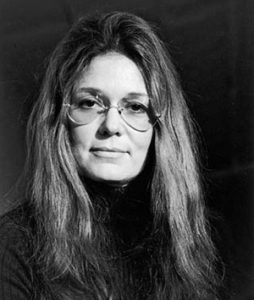
Gloria Steinem
During the mid-sixties, women began to attend consciousness-raising groups, where for the first time they started to get in touch with their anger, their resentment, to understand they had been held down, oppressed. Some writers believed the women’s movement was an outgrowth of the freedom during WWII, which was squelched in the 50s, only to rear its head again as the women’s movement of the 60s.
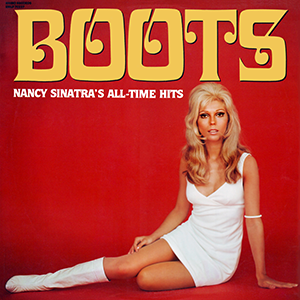
Nancy Sinatra – Boots!
Other angry songs followed, such as Nancy Sinatra’s These Boots are Made for Walkin’ (the song that really scared men). Still angry, but moving towards independence was Gloria Gaynor’s I will Survive, an anthem to a formerly needy/dependent women who found her own strength, a theme that was finally resonating for many women.
1970s – Early 80s
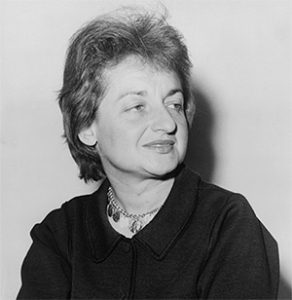
Betty Friedan
This was arguably the decade of greatest change for women. It was the decade of the largest increase of women in the labor force. The year 1972 itself was momentous: Congress passed the Equal Rights Amendment sending it to the States for ratification (it only got 35 of the 38 needed states), Gloria Steinem started Ms. Magazine, and Title IX legislation passed, making it illegal for schools to have unequal sports opportunities for boys and girls (this has created more modern controversies, to be discussed later), opening up whole new worlds for generations of girls.

President John F. Kennedy
Though many women were working, there was widespread discrimination, sparking many lawsuits, even though the relatively new EEOC legislation forbid discrimination on the basis of national origin, race, color or religion. It was part of the Civil Rights movement and was known as the Civil Rights Act of 1964. Adding sex as one of the “protected classes” was done as a last-ditch effort to kill the legislation. Senator Howard Smith, a southerner and known opponent to federal civil rights, added “sex” to the bill, believing that would end the matter. However, congress passed it, partly because there was a huge national guilt about the assassination of President John F. Kennedy the previous year. Civil Rights had been one of the initiatives the Kennedy had been trying to pass. President Lyndon Johnson felt equally strong about this bill, and it was the collective grief that helped the Civil Rights bill pass all the resistance it met. This was followed by President Johnson signed Executive Order 11246, which went one step beyond EEOC in that it required employers to make “affirmative action” to hire women and minorities with targeted percentage increases in some industries. Though these bills were passed in the 60s, they did not get any ”teeth” until the 70s, when women and Blacks began to use the courts for redress.
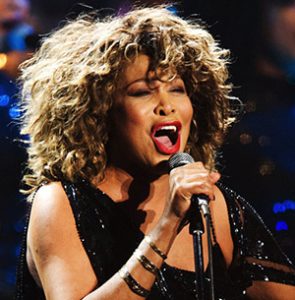
Tina Turner
This increase in women’s rights coincided with the #1 memorable song I am Woman, which came out in the same year, 1972. New-found anger and a chance for more rights brought profound changes inside the consciousness of women. One side-effect of anger is that it strips away denial. One could argue that the co-dependent songs often lived in denial. When he loves me, everything will be perfect, my life will be transformed. But the new anger helped women see that there was no Prince Charming to rescue us from ourselves. Thus began the phase of Young Adult Cynic, who doesn’t trust love, because it means too much hurt. What’s Love Got to do With It? (Tina Turner) anyway. Other cynical songs included At Seventeen and Madonna’s Material Girl.
Mid-80s to Present
fter going through Teenage Rebel and Young Adult Cynic, women had finally gone through the developmental stages to approach adulthood. All of these phases were necessary. Sometimes people complain about “those angry women” in the 60s and 70s, as if females then were evil somehow. What is essential to understand, though, is when going from co-dependent to independent, one MUST pass through anger. There is no other way around it sociologically. Perhaps one can find individual exceptions, but as a group, women needed to become angry before they could stand on their own two feet. Just as teenagers push back the parents, in order to individuate, so women had to push back.
By 1984, though, things were changing. The first real song of inner strength came from Whitney Houston. The Greatest Love of All celebrated internal resourcefulness and recognized how a nurturing childhood leads to a healthy adult. A few years later similar themes appeared in Mariah Carey’s Hero, followed by a number of tunes about strong women and their worth: Just a Girl, Independent Women, A Woman’s Worth, I and India Arie’s, about a woman accepting herself and her body as it is.
Summary

Pink
In Pink’s Stupid Girls, she wonders where all the smart people are, what happened to the ideas we had about a woman president? Which brings us to the question of exactly how far have women come. Actually, a long way. (You’ve Come a Long Way, Baby) Forty to fifty years ago there were plenty of co-dependent songs, but none about strong women who didn’t have to be angry to show their strength. Read above and see the number of songs about women who are going somewhere, with or without a man. Current news tells us it is boys who now lag behind in school. Girls are graduating at higher rates, going to graduate school, doing the yearbook, getting all the honors. They’ve got their mothers, grandmothers and great-grandmothers to thank for this. Their hard work and sacrifice paved the way for today’s generation of high-achieving women, women who also understand the importance of having a stable family and raising healthy children. The world will be safe in their hands.
